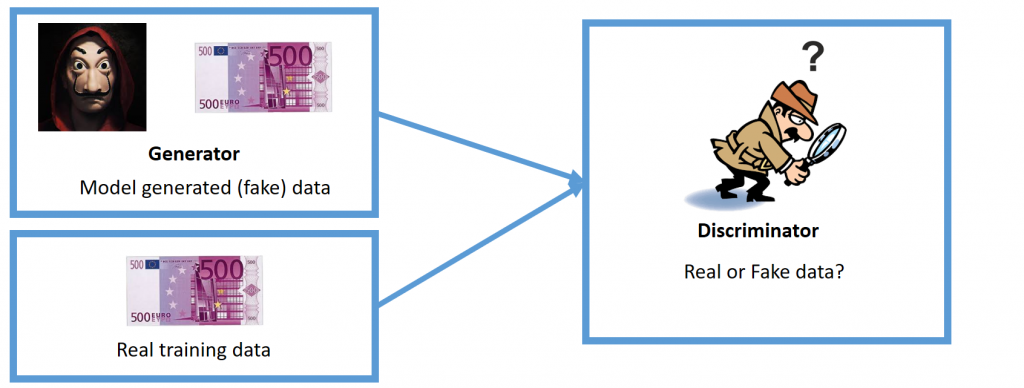FMCW mmWave radars can see through walls!
Imagine trying to land a helicopter on a hotel building in the depth of the night, in the middle of a city during foggy weather. How can you land safely without seeing where you are going? Air traffic controllers are an example of radar-assisted systems which help pilots to land no matter the weather and…
Kernel Ridge Regression
This article aims to introduce and clarify kernel ridge regression. To do so, it is necessary to derive a simple formula: the orthogonal projection formula. The reason is that, to understand kernel ridge regression, we need to understand how linear regression works, but the whole theory of linear regression relies on the solution of the…

Reconfigurable Intelligent Surfaces
I. MOTIVATIONS Beyond 5G and 6G networks have introduced higher and stricter Key Performance Indicators (KPIs), such as guaranteed data rate of 1 Gbps and guaranteed delay of 1μs. It has also combined with increase in data traffic by 55% every year leading to around 5,016 exabytes (5.3×109 Gbps), as well as data rates increase…
Autonomous Vehicle Control using Reinforcement Learning
In this article, we are going to explore an application of an autonomous driving vehicle using reinforcement learning. First, we introduce the basic theory behind the control system of an autonomous ground vehicle (AGV). Then we simulate some AGV examples using an open source library denominated Python Robotics. Finally, we present how we can optimize…

Rayleigh samples distribution estimation using GANs
Collaborator: Pablo Ramirez Espinosa, post-doctoral researcher, Connectivity Section, Aalborg University As presented in the previous post, GANs are a powerful framework for approximating the features distribution so as it is possible to generate fake samples that looks like real samples. In this post, in order to see some practical results of GANs approximation, we will…


Generative Adversarial Nets: From general to theoretical explanation
The aim of this post is to provide a general understanding of GANs and a discussion of the potential of this concept. This post is based on the paper which introduced the framework for generative model estimation. In order to address this matter, the post is going to be divided into three main contributions as…